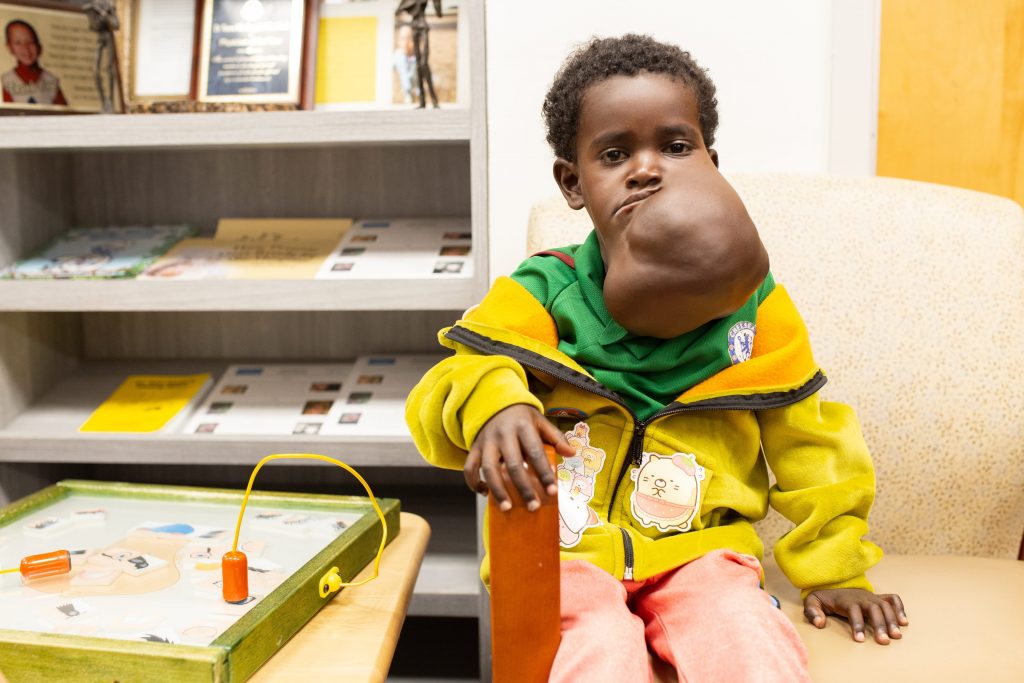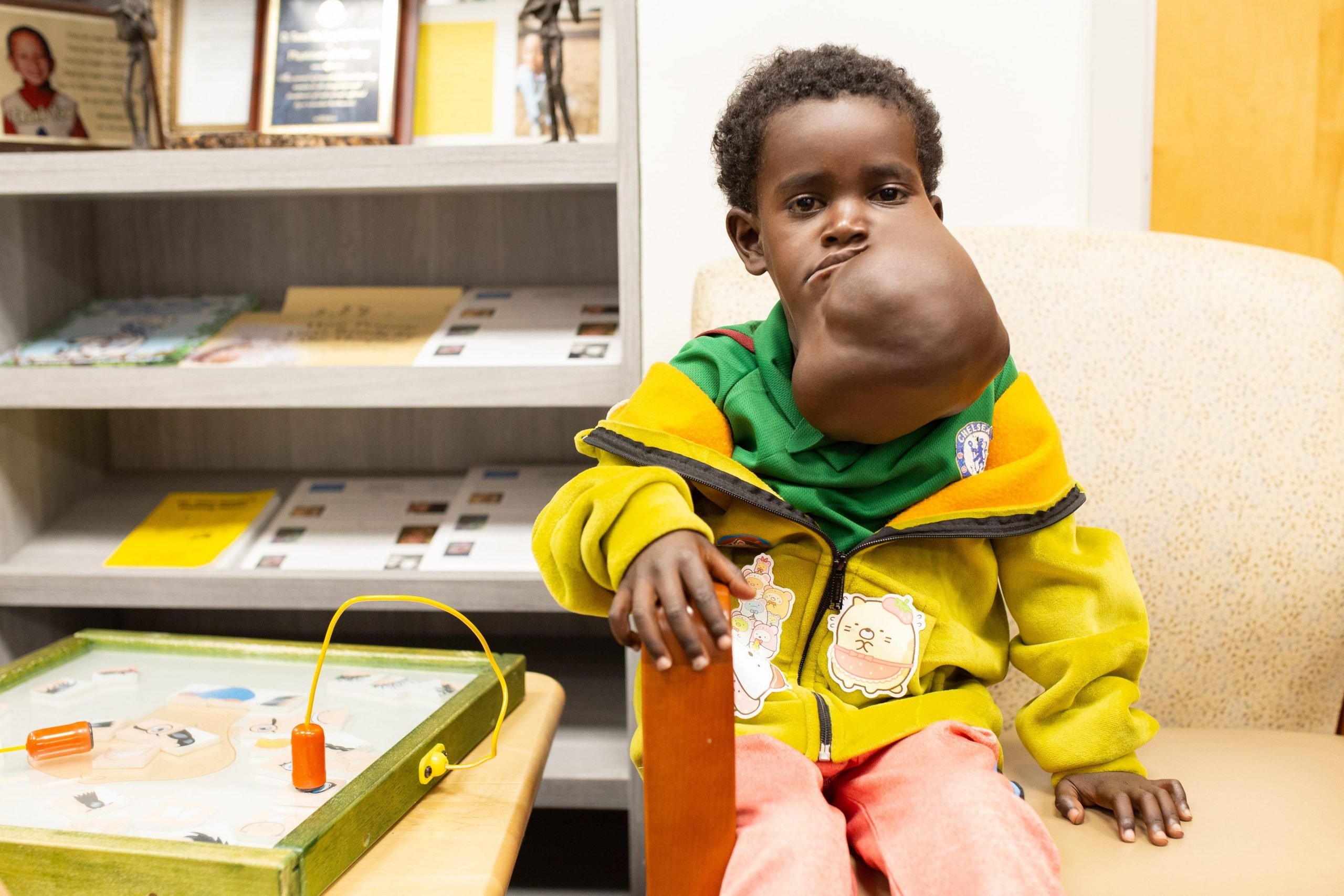
Lenox Hill hospital/Northwell Health
- New York surgeons removed a cantaloupe-sized tumor from an Ethiopian girl's face in 12 hours.
- The blood vessel-filled tumor would have eventually grown to prevent her from eating and breathing.
- The complicated surgery required doctors to cut around certain vessels to avoid risky blood loss.
- Visit Insider's homepage for more stories.
A six-year-old girl with a cantaloupe-sized tumor on her jaw revealed her new face this week after undergoing a 12-hour surgery at Lenox Hill Hospital in New York City.
The girl, named Negalem, is from rural Ethiopia, where medical care isn't advanced enough to stop the growth from expanding further. Eventually, it would have become life-threatening, preventing her from eating and breathing.
But last year, a US government official met Negalem on a mission and, after a year-long search, identified Lenox as the one hospital that may be able to treat her rare, complicated condition. Surgeons Dr. Teresa O and Dr. Milton Waner, a married couple, performed the procedure pro bono on June 23.
On Tuesday, the doctors, Negalem, and her father Matios appeared at a press conference, grateful for the procedure's success. "She's like different girl after the surgery," a translator for the family told reporters. "She's playing, she's enjoying everything out there. There's a big difference."
The surgery itself was life-threatening
Negalem's tumor was a congenital venous malformation, an unusual condition in which "massive dilated veins" grow along with a child, often disproportionately, Waner said.
While it looks like a mass of tissue, its makeup of blood vessels is what makes it so dangerous, both to live with and to operate on. "If one accidentally punctures one of these vessels, this would result in massive bleeding and she could lose a very significant amount of blood volume in a short amount of time," Waner said.
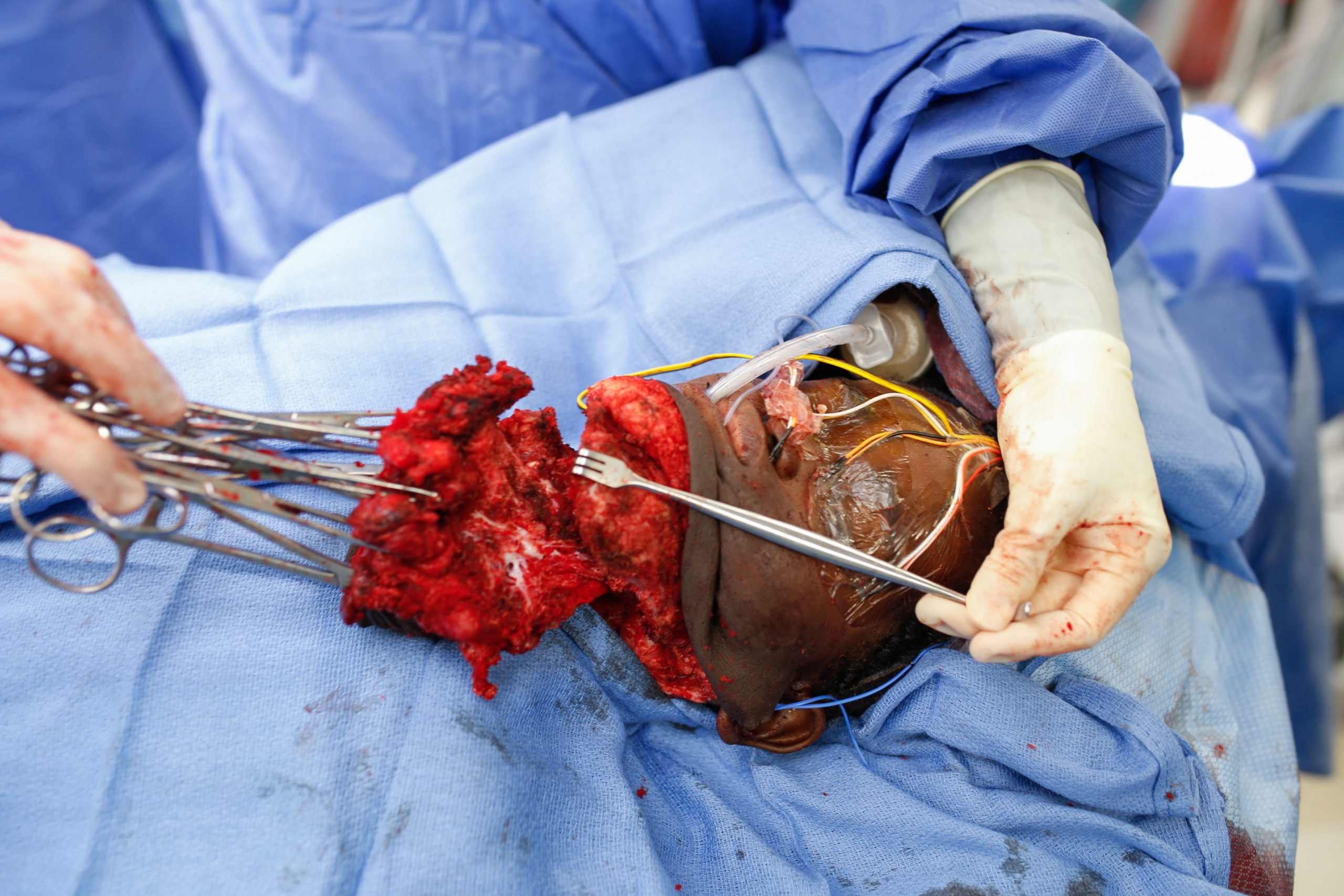
Lenox Hill Hospital/Northwell Health
"So this type of surgery is very difficult, very dangerous, and certainly life-threatening," he added. He and O are among the few medical teams in the world who specialize in cases like Negalem's, and Waner said hers was one of the most complicated. It was a "12 out of 10," he said.
To conduct the surgery, the doctors had to "gingerly dissect around these vessels," Waner said, before removing them from the jaw bone. Once they did, they reconstructed some of the misshapen jaw with synthetic bone and some belly fat.
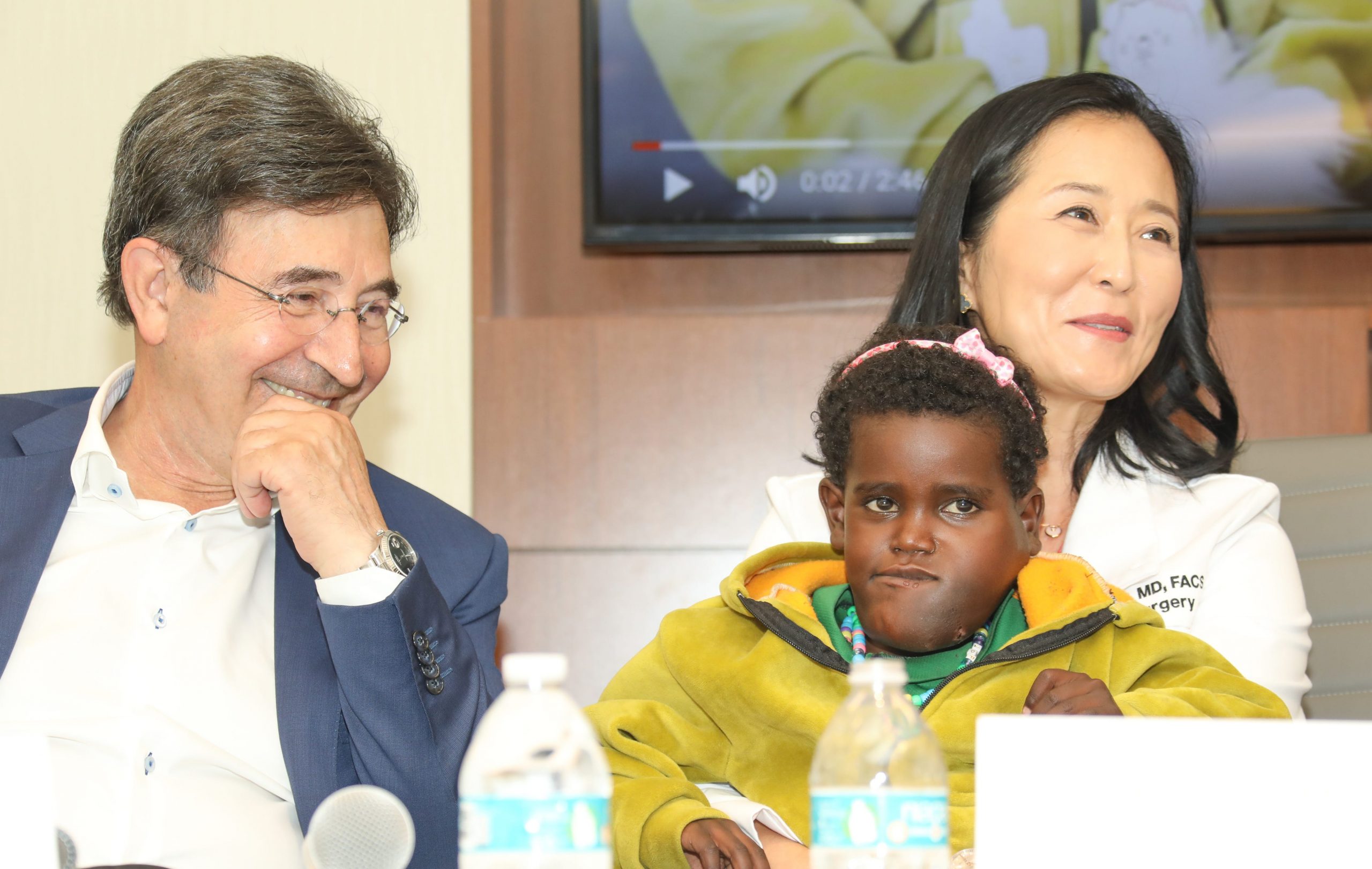
Lenox Hill Hospital/Northwell Health
When the surgery was over, Matios said he was just grateful his daughter was alive.
Through a translator, he said he was crying then, but is smiling now. "I'm very thankful and grateful for everything the doctors have done here for this little girl," he said.
O described Negalem, who'd learned how to high-five, as "rambunctious" and "curious." "She's really endeared herself to all of us," O said.
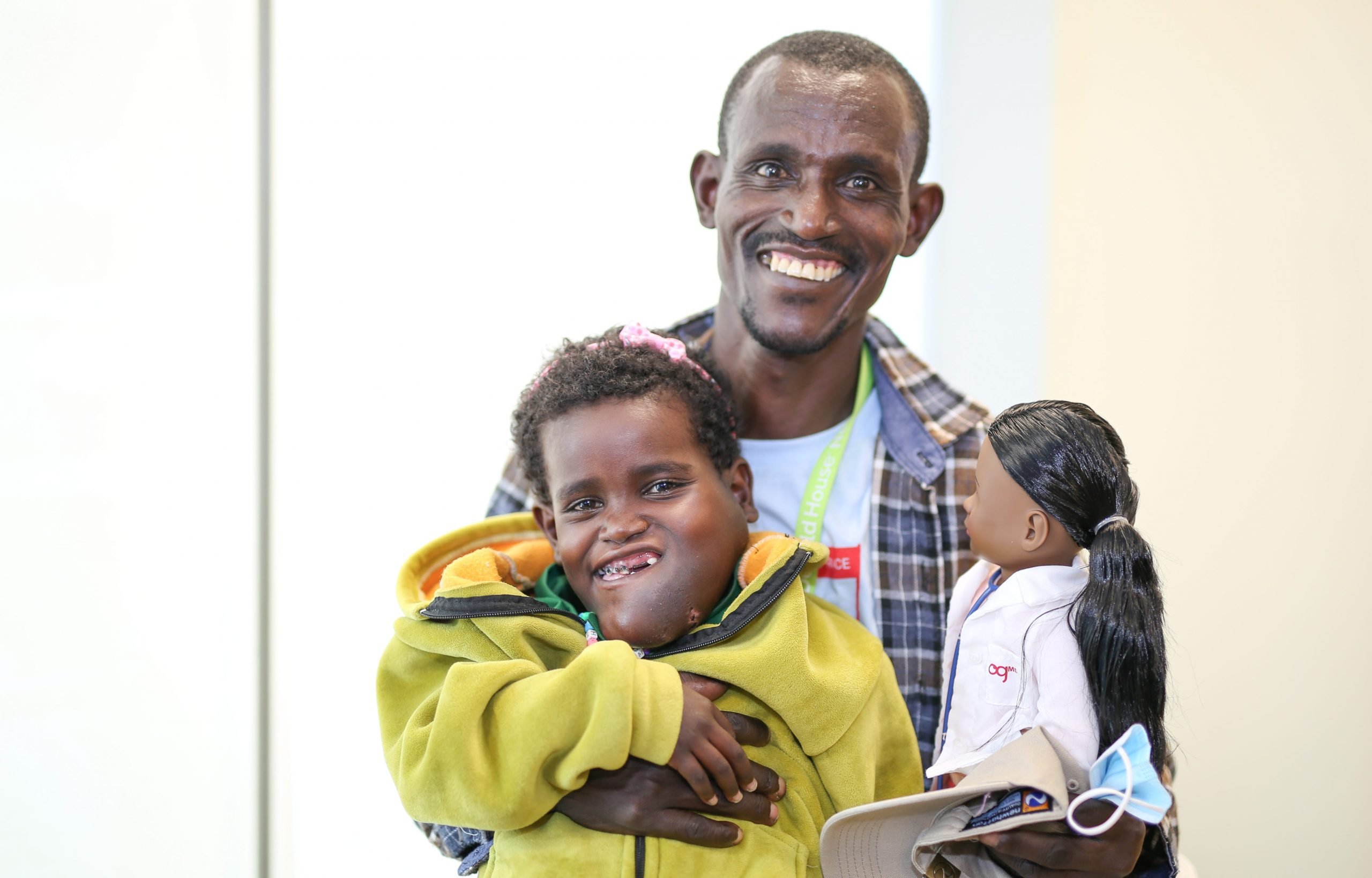
Lenox Hill hospital/Northwell Health

